Scary! 120-foot asteroid rushing towards Earth today at a fiery speed of 46044 kmph, says NASA
A scary 120 foot asteroid is all set to cross its path with planet Earth today. NASA has informed about its distance, speed and more.

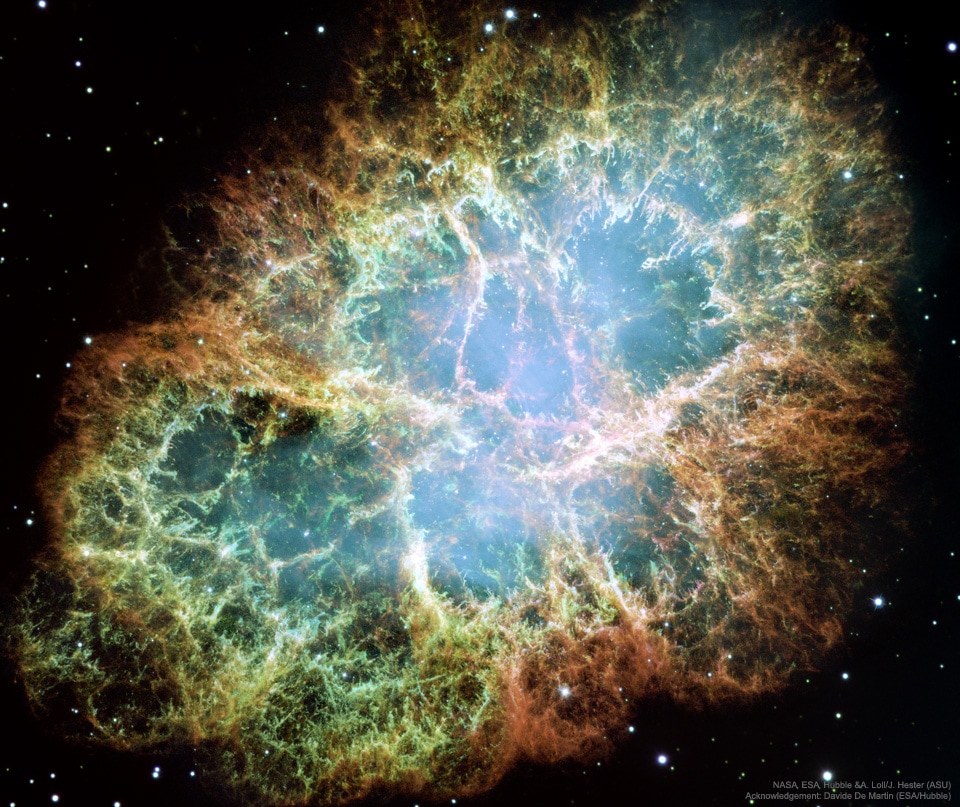
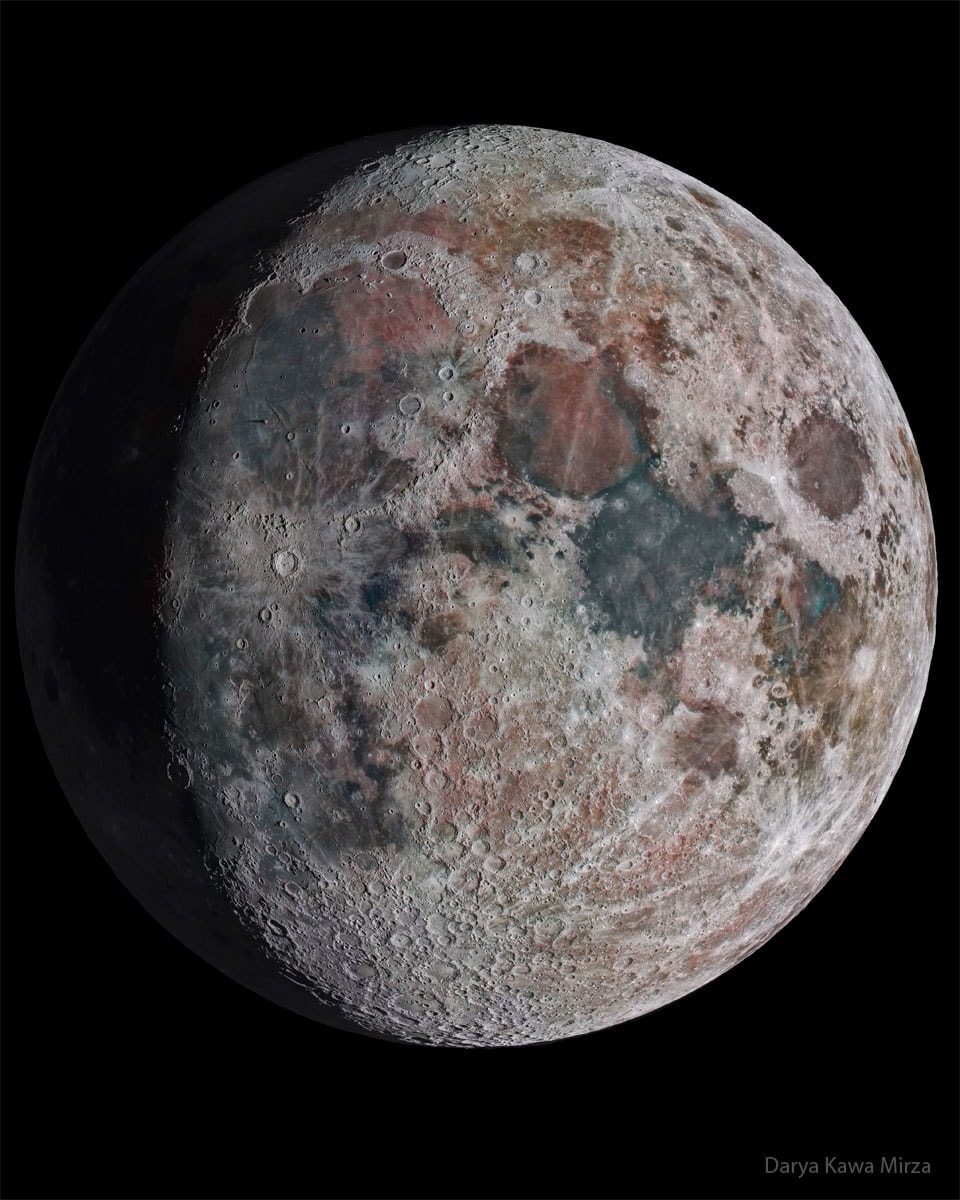
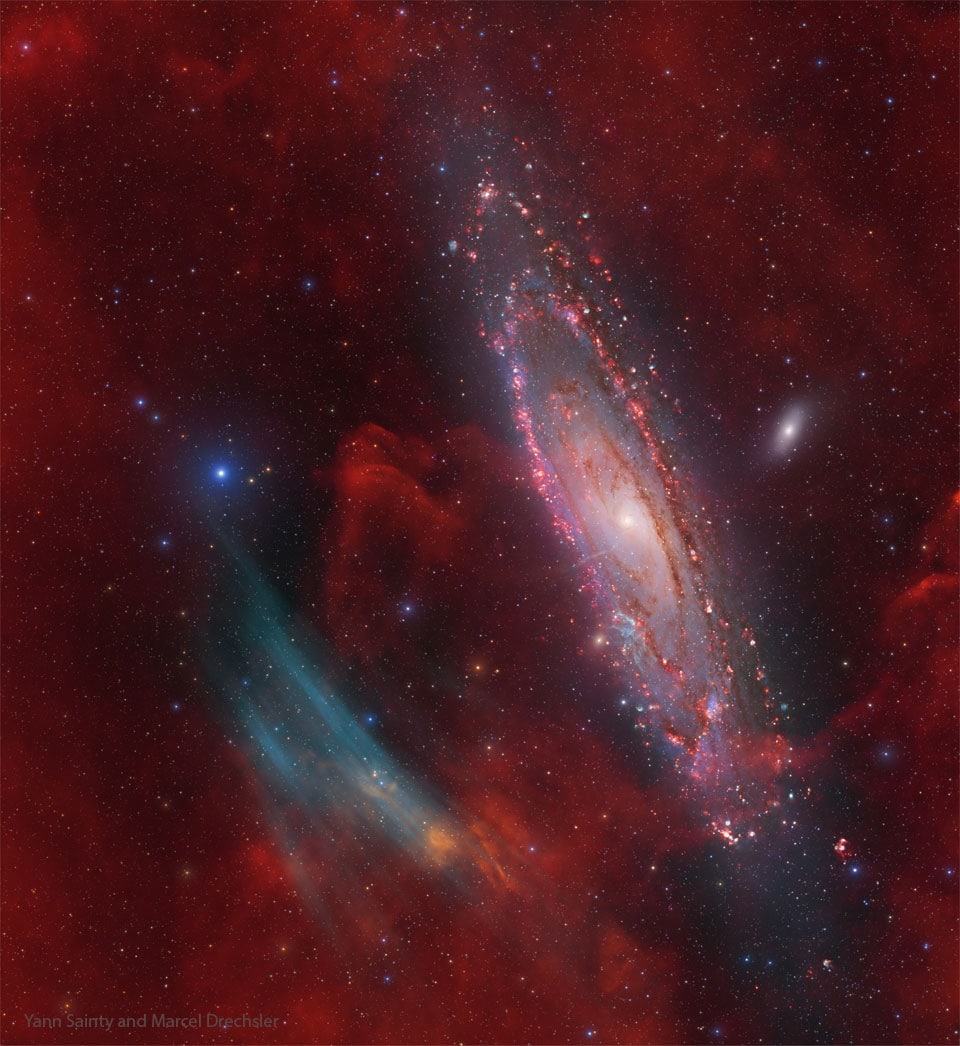
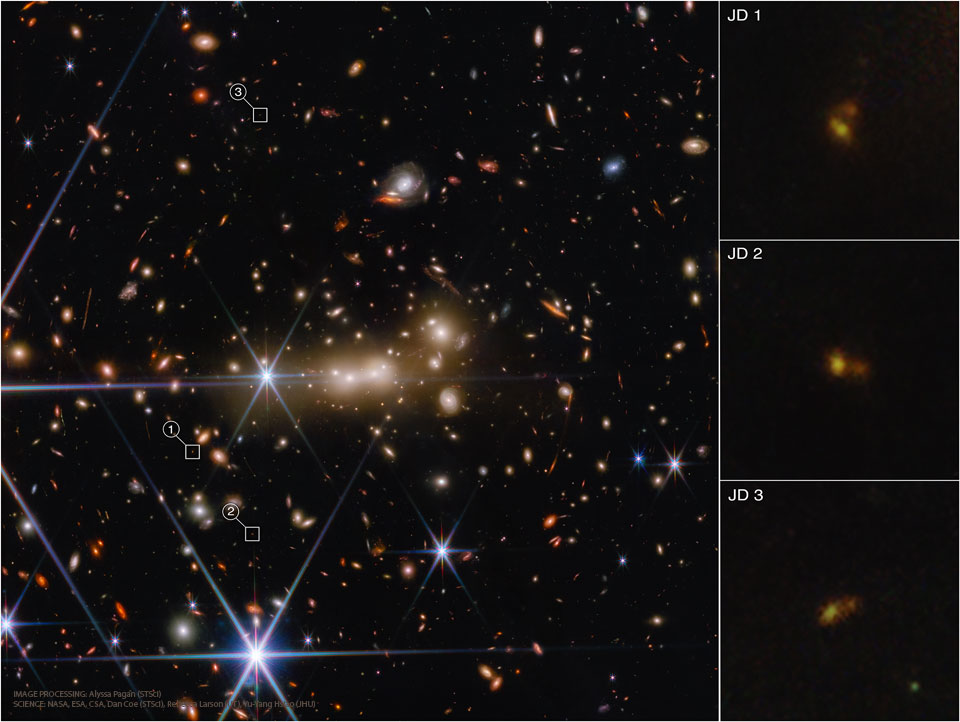
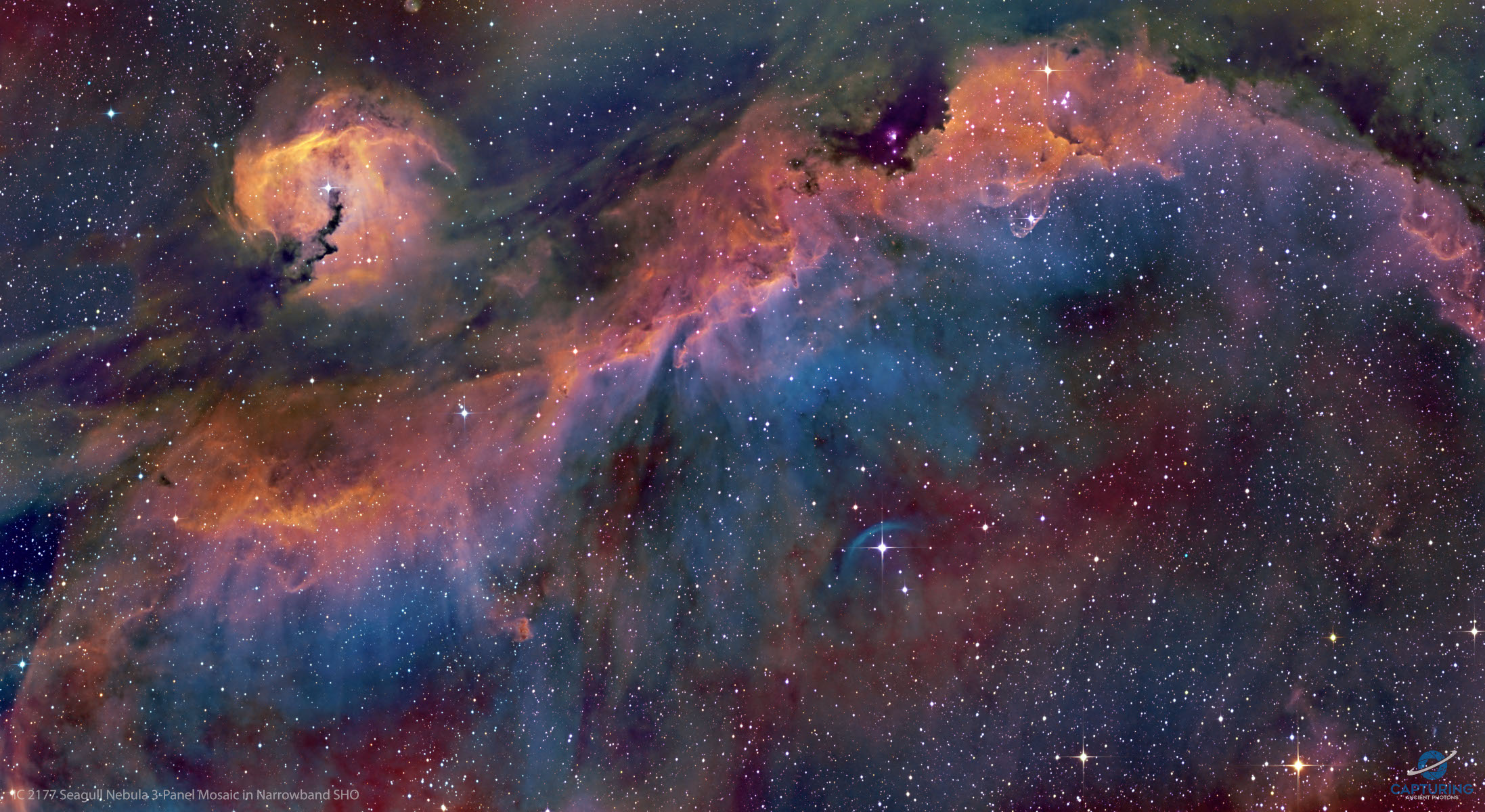
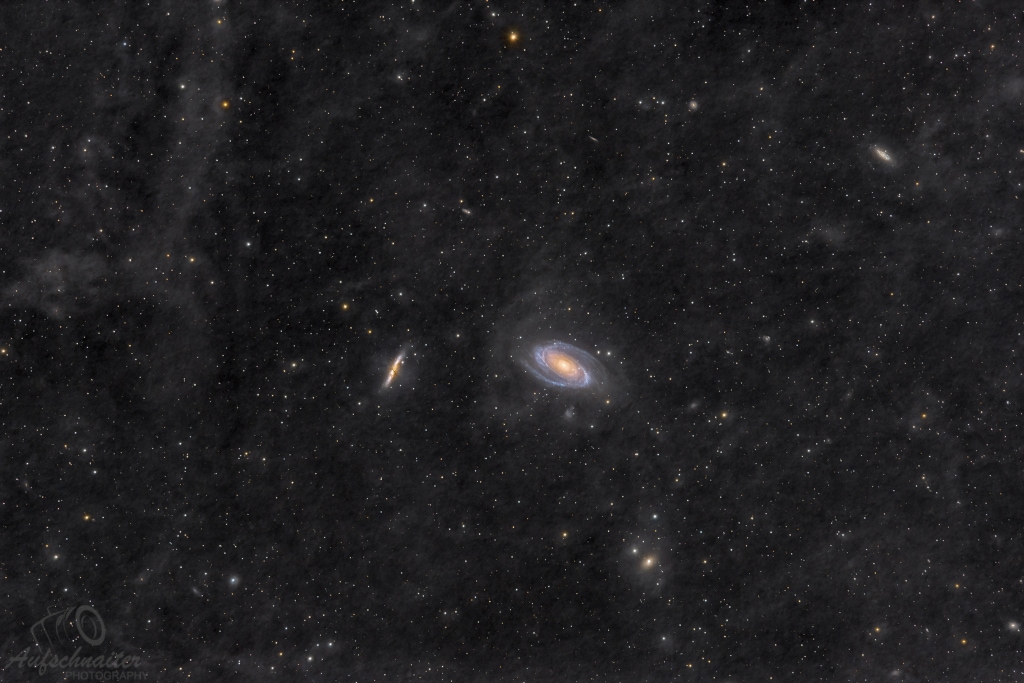
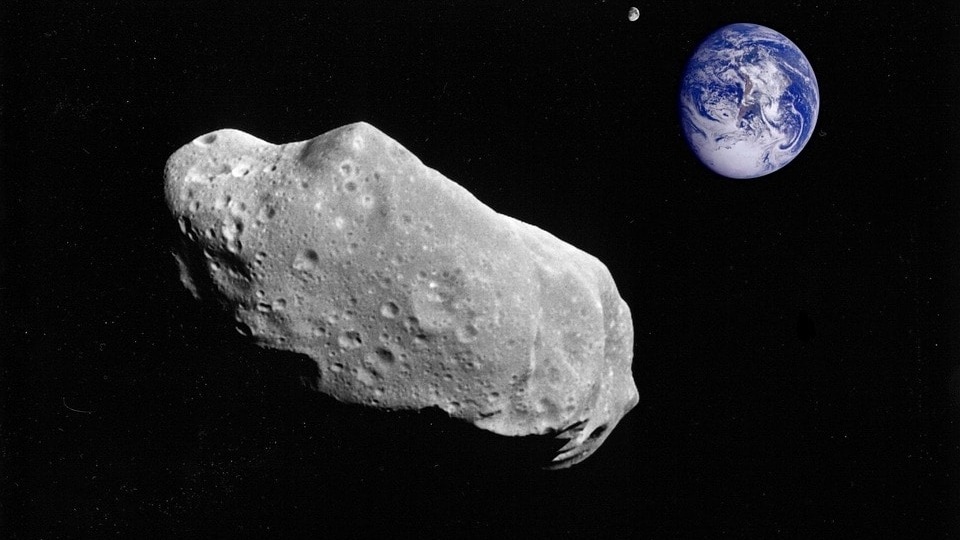
 View all Images
View all ImagesAsteroids can be of varied sizes, the larger the size, the more dangerous they can be for planet Earth. Though no one can predict an upcoming danger or threat, what can surely be done is to stay alert. And this is what NASA does. The space research organisation keeps an eye on all the near-Earth objects like asteroids, comets, among others, which can pose a threat to the planet.
As per the latest information shared by NASA's Jet Propulsion Laboratory (JPL) the 120-foot Asteroid 2023 BC is rushing towards planet Earth today, January 28, 2023 at a fiery speed. So, is this asteroid going to come too close to Earth for comfort? Asteroid 2023 BC's closest approach to Earth will be 2830000 kilometers, according to NASA's JPL.
The 120-foot, airplane sized asteroid is moving at a great speed of 46044 kilometer per hour (12.79km/sec). Let us tell you, that the asteroid is not posing any kind of threat or danger for our planet and will simply fly past it.
It can be known that the majority of near-Earth objects have orbits that don't bring them very close to Earth, and therefore, pose no risk of impact, but a small fraction of them – called potentially hazardous asteroids – require more attention. These objects are defined as asteroids that are more than about 460 feet (140 meters) in size with orbits that bring them as close as within 4.6 million miles (7.5 million kilometers) of Earth's orbit around the Sun.
NASA has deployed a number of Earth and Sky-based technologies to keep a constant eye on the movement of asteroids that come too close to the planet. Scientists and researchers keep an eye on the movements of these objects through various technical marvels like telescopes or various kinds and satellites. CNEOS also continuously monitors all known near-Earth objects to assess any impact risk they may pose.
Catch all the Latest Tech News, Mobile News, Laptop News, Gaming news, Wearables News , How To News, also keep up with us on Whatsapp channel,Twitter, Facebook, Google News, and Instagram. For our latest videos, subscribe to our YouTube channel.
































